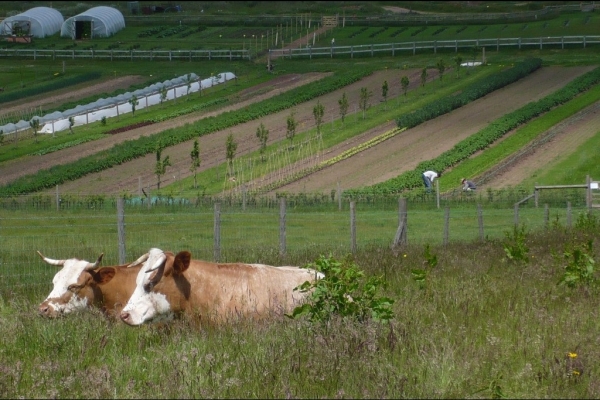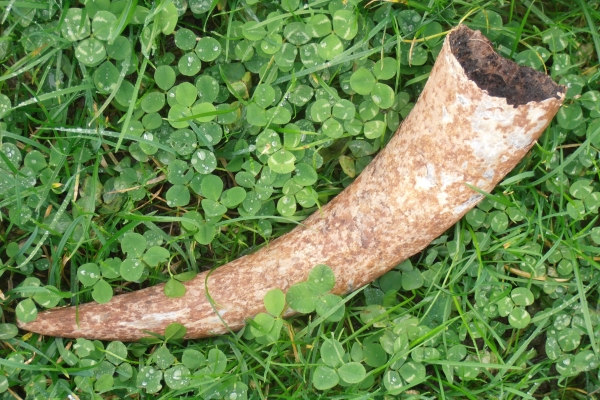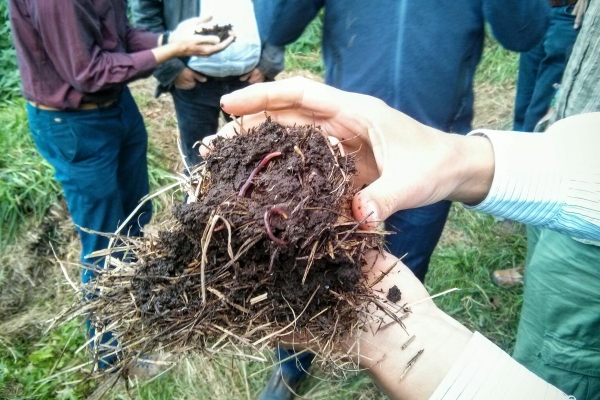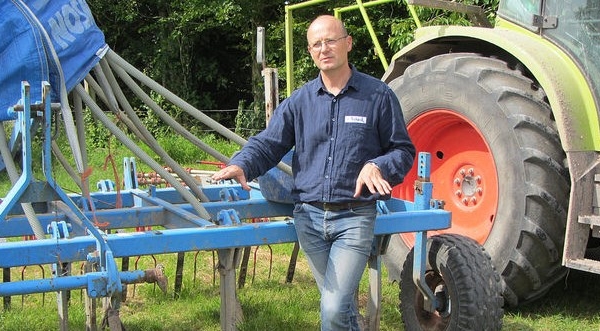Working with Soil
Star & Furrow - Issue 122
Resource explained
This article, written for Star & Furrow; the Biodynamic Association bi-annual journal, was inspired by the work of German arable farmer Friedrich Wenz. Peter Brown emphasises the importance of understanding how soil works so that “we can feed it appropriately” and therefore feed the plants, and the importance of learning to care for soil. He shares some lessons from a biodynamic conference he attended in which Friedrich Wenz presented, referring to the biodynamic approach to soil chemistry, soil physics and soil biology, and asking “With what and how do we feed this soil life?” He refers to methods such as intercropping, using green manures, reduced tillage, biodynamic preparations, composts, plant teas, and mulching. He also describes what led Friedrich Wenz (inventor of the Eco-dyn; a minimum tillage machine and seed sower in one) to farm biodynamically and completely change and evolve his cultivation methods after having originally farmed conventionally.
Findings & recommendations
- Building up and maintaining humus helps create a fertile soil. If the soil chemistry and the soil physical properties are not right, the soil biology does not work properly.
- The balance of minerals in the soil (major and trace elements) should be monitored. It is not just about the amount of individual minerals that is important, but also their proportions and relationships to one another. Any deficiencies or surpluses should be corrected in some way.
- Plant roots absorb food from the soil and also secrete root exudates into the rhizosphere (the immediate area around the roots). These exudates can be produced in large amounts and are different for each type of plant and stage of plant growth. They feed the soil biota and can change the balance of the soil life communities. Having as great a surface area of roots in the soil as possible will help increase the soil biology as much as possible.
- Friedrich Wenz applies mulches with high quality plant material (good quality grass / clover mixture) that feed microflora and fungi and indirectly the plants growing in the mulch.








